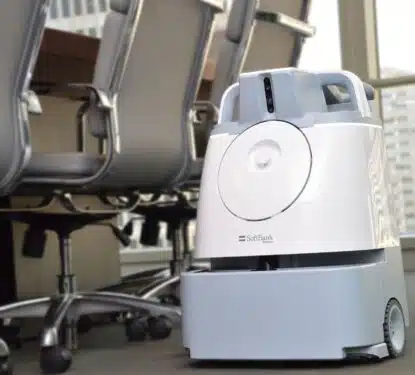Lighting is a hallmark of our civilization. With artificial light we have turned night into day; extending working, shopping and entertainment hours, improving safety and security, and allowing us to transform the dark side of the planet into a twinkling map of human activity. As is often the case, our technological development rapidly outpaces our evolutionary capacity, leaving our biology playing catch-up to the demands of modern life. Seemingly unwilling to ever take a step “backwards,” it is up to technology to overcome the issues it creates. Just as renewable energy technology fights back against the environmental issues caused by industrialization; modern lighting technology is facing up to the problems associated with abundant artificial light – namely human health and wellbeing. Research has shown that blue wavelengths, plentiful in white daylight, can excite a pigment called melanopsin that resides in the eye’s non-visual photoreceptors – technically referred to as intrinsically photosensitive retinal ganglion cells (ipRGCs). […]
Most Popular Articles

Neeve’s Edge-Cloud Platform: Key Metrics & Growth 2025
This Research Note examines Neeve, the US startup offering an edge-cloud platform designed to enhance smart building operations by integrating operational technology (OT) systems into secure, connected environments. We highlight its founding as IoTium, before exploring its current offering, deployments, funding and partners, concluding with our view of the business. Neeve Profile Founded in 2015 […]

icetana Secures $3.6M SoftBank Partnership: 2025 Financial Analysis and Growth Strategy
This Research Note examines the Australian listed company, icetana AI, based on its latest financial results year ending 30 June 2025 and its deployments, strategic investments and regional growth opportunities over the past three years. icetana AI Profile Founded in 2009, icetana AI is a small software as a service (SaaS) company specializing in AI-assisted […]

Video Surveillance Market 2025: Ongoing Shift towards Software Drives Growth
The video surveillance industry is undergoing its most significant transformation since the shift from analog to digital. What was once primarily a reactive security tool, cameras recording footage for post-incident review, is evolving into a proactive intelligence infrastructure. The traditional model of video surveillance centered on cameras, on-premise storage and software. That era is coming […]
